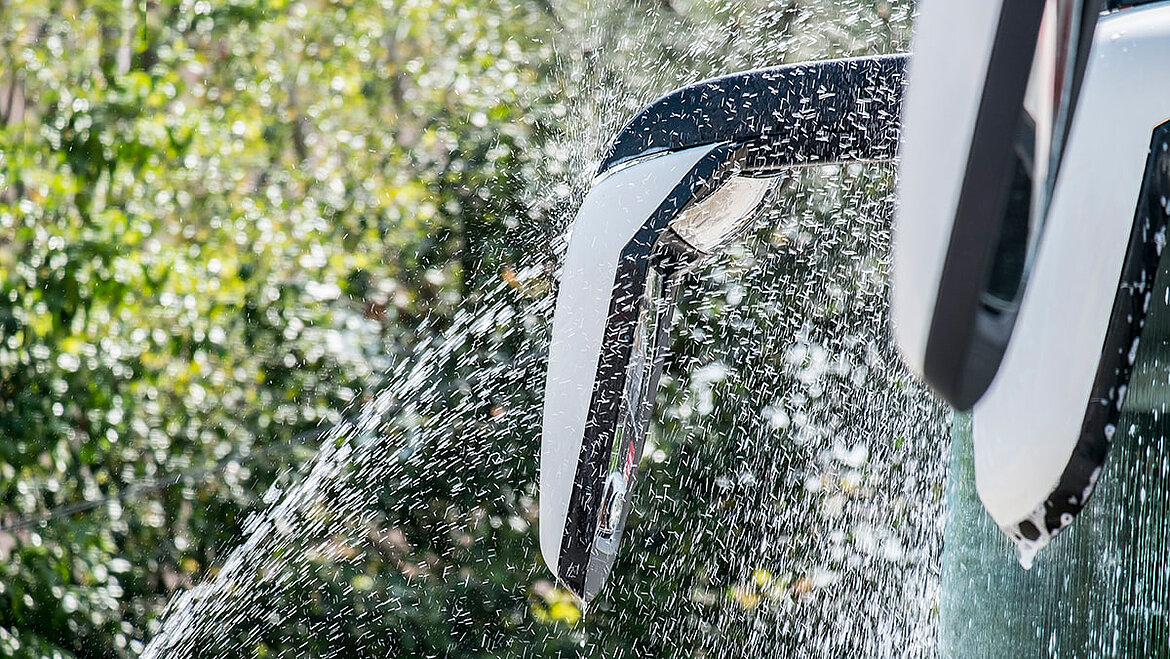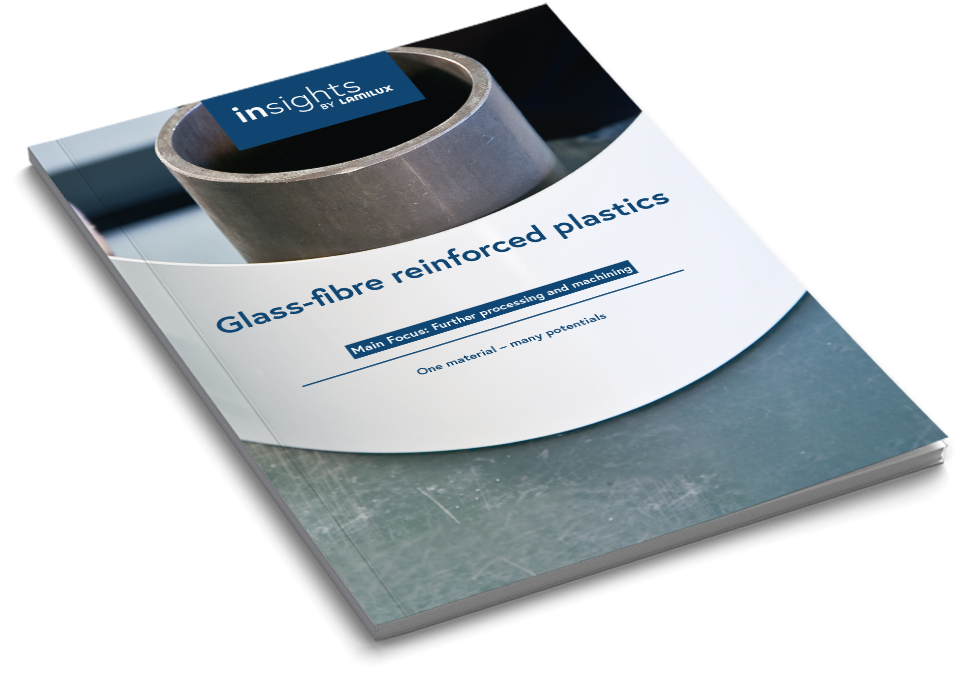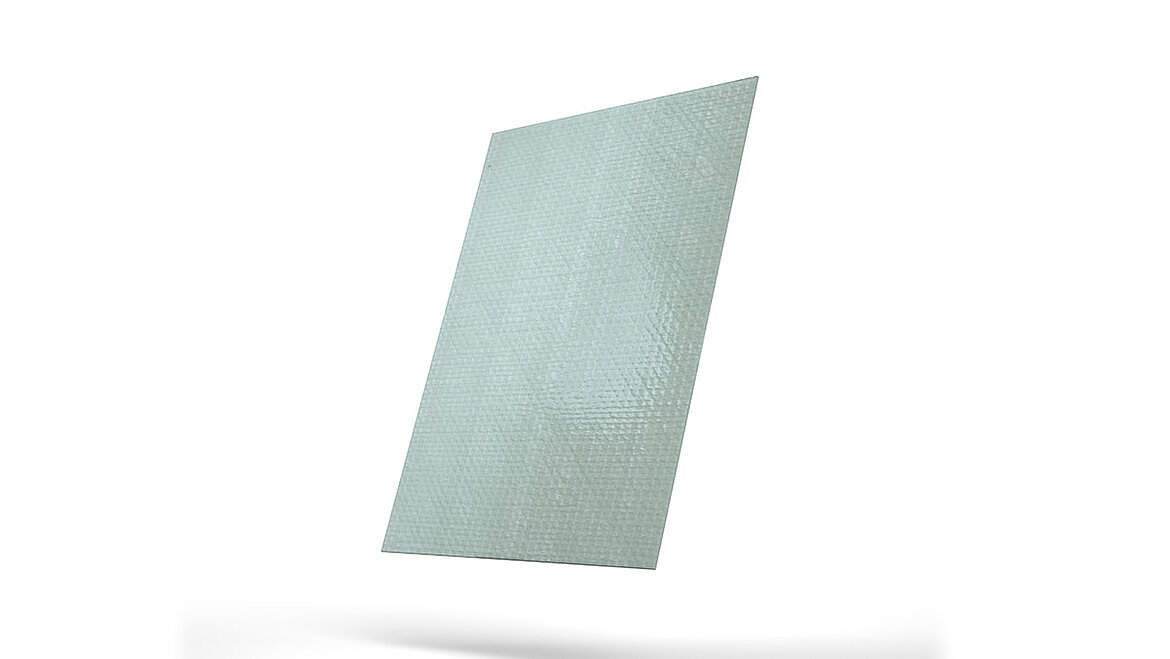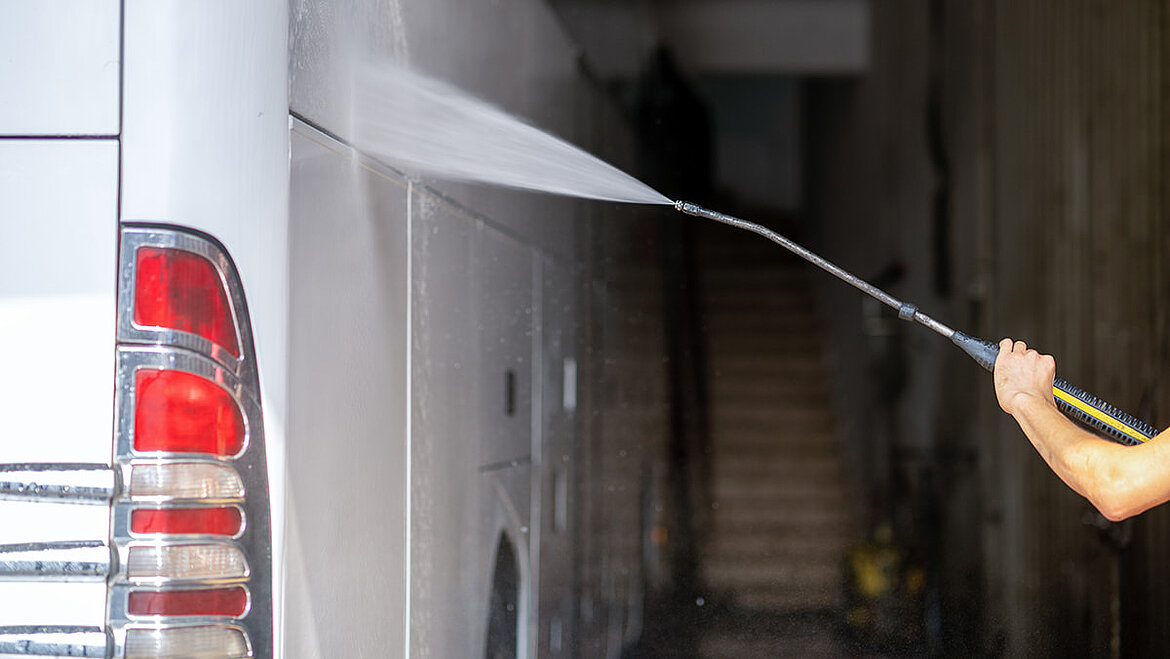How can GRP be further processed?
Glass-fibre reinforced plastics (GRP) offer enormous construction possibilities in the areas of vehicle, motorhome and caravan construction, cold storage and refrigerated cell construction, the construction industry and numerous other industrial segments. As highly stable, durable and at the same time very light materials, our materials can also be worked and processed in a variety of ways, for example by:
- Cutting
- Sawing
- Drilling
- Bonding






